(Tennis Player)
Birthday: September 2, 1952 (Virgo)
Born In: Belleville, Illinois, United States
The winner of eight Grand Slam singles titles, Jimmy Connors is a former World No.1 tennis player who held the No. 1 ranking for 160 consecutive weeks from 29 July, 1974 to 22 August, 1977—a record in his era. A brilliant player, he also holds the honor of being the first male player in the Open Era to have held the top world ranking for more than five years in total. An athletic kid from a young age, Jimmy always loved to play tennis. His mother, a former tennis player herself, was a big support to him during his growing years. In fact, his mother was such a fan of tennis that she created a court in her backyard while she was pregnant with him! She taught him how to play tennis when he was a young boy and ensured that he got the best possible coaching as he grew up. He started competing at the national level as a kid of nine, and went from success to success from there.
Famous for his strong arms, high energy, and dedication towards the game, he was equally notorious for his fiery demeanor and temper. After his retirement as an active tennis player he embarked on a career as a commentator and coach.
Image Credit
Image Credit
Image Credit
Image Credit
Previous Next
Recommended For You
Quick Facts
Also Known As: James Scott Connors
Age: 70 Years, 70 Year Old Males
Family:
Spouse/Ex-: Patti McGuire
father: James Connors
mother: Gloria Thompson
siblings: John Connors
children: Aubree Connors, Brett Connors
Quotes By Jimmy Connors Coaches
U.S. State: Illinois
Recommended For You
Childhood & Early Life
He was born as James Scott Connors, Jr., to James Connors and his wife Gloria Thompson. His father worked as a toll bridge attendant while his mother was a former tennis player.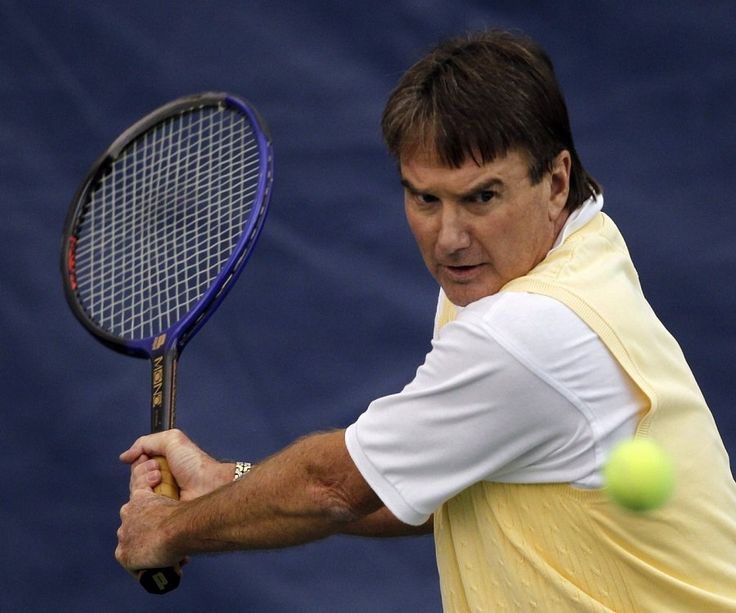 He has one elder brother, Johnny.
He has one elder brother, Johnny.
He was primarily raised by his mother and grandmother and was taught to play tennis from a young age. His mother was very passionate about the sport and fortunately Jimmy inherited her passion.
Though initially coached by his mother, he was mentored by Pancho Segura from 1968 in order to groom him for a professional tennis career.
Continue Reading Below
Career
The first significant victory of his playing career came in 1970, when he defeated Roy Emerson in the first round of the Pacific Southwest Open in Los Angeles.
At that time he was attending the University of California, Los Angeles, and decided to drop out to pursue a professional tennis career. He turned pro in 1972. At about the same time, the Association of Tennis Professionals (ATP) was formed which he refused to join, reinstating his rebellious nature.
In 1973, he played against the legendary Arthur Ashe in the U.S. Pro Singles in a five-set final which he won.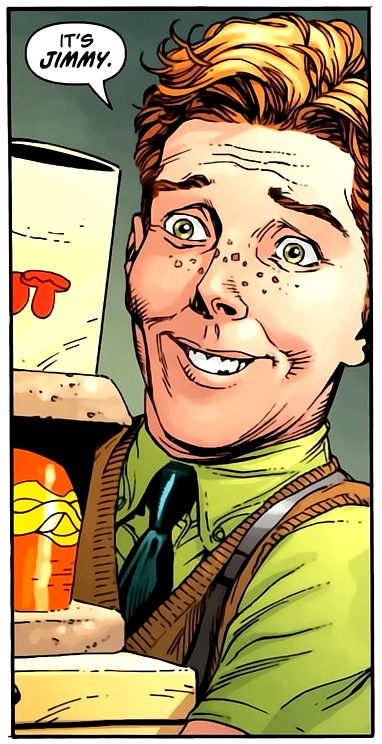 This was just the beginning of his rise to stardom in the tennis world!
This was just the beginning of his rise to stardom in the tennis world!
The year 1974 was a great one for the promising player. He won three Grand Slam tournaments—Australian Open, Wimbledon, and the U.S. Open. He was named the No.1 male tennis player that year.
Starting from 1974, he reached the final of the U.S. Open in five consecutive years and won three of them. What made him especially skilled was the fact that he had won each of these on a different surface—grass in 1974, clay in 1976 and hard in 1978.
His streak of success continued into the 1980s. Playing in the World Championship Tennis (WCT) finals in 1980, he defeated the defending champion, John McEnroe, who was one of the most formidable players of that time.
Some of his major competitors during the 1980s were John McEnroe, Ivan Lendl and Bj�rn Borg. He defeated Ivan in the 1982 U.S. Open final in spite of the fact that Ivan was seven years younger than him.
However age and health issues were catching up on him and his career suffered during the late 1980s.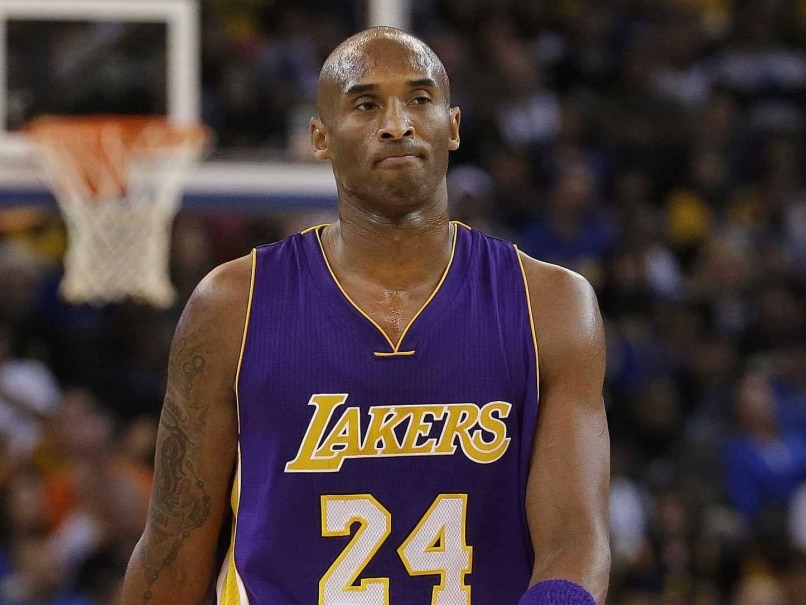 But he silenced his detractors when in the 1991 U.S. Open Semifinals he defeated Aaron Krickstein. Connors was 39 while Aaron was 24 and in the prime of his youth! He played his last match in April 1996 and retired as a tennis player.
But he silenced his detractors when in the 1991 U.S. Open Semifinals he defeated Aaron Krickstein. Connors was 39 while Aaron was 24 and in the prime of his youth! He played his last match in April 1996 and retired as a tennis player.
During the later years of his playing career, he had also started commentating on NBC-TV. He commentated on the French Open and Wimbledon tournaments in 1990 and 1991. He also commentated during the Wimbledon tournaments of 2005, 2006, and 2007.
Continue Reading Below
He embarked on a career as a coach in 2006 when he began coaching Andy Roddick at the start of the Countrywide Classic tournament in Los Angeles.
He published his autobiography, ‘The Outsider’ in 2013. The book won the British Sports Book Awards in the Best Autobiography/Biography category.
Quotes: Me
Awards & Achievements
Winner of eight Grand Slam singles titles and two Grand Slam doubles titles, Jimmy Connors dominated the world of tennis throughout the 1970s and 1980s. The first male player to have held the No. 1 rank in world tennis, there is no doubt he is one of the legends who made tennis their passion.His Grand Slam single titles include: Australian Open (1974), Wimbledon (1974, 1982), US Open (1974, 1976, 1978, 1982, 1983)
The first male player to have held the No. 1 rank in world tennis, there is no doubt he is one of the legends who made tennis their passion.His Grand Slam single titles include: Australian Open (1974), Wimbledon (1974, 1982), US Open (1974, 1976, 1978, 1982, 1983)
In 1982, he was named the World Champion by The International Tennis Federation (ITF).
He received Player of the Year Award from The Association of Tennis Professionals (ATP) in 1982 and the Comeback Player of the Year Award from the same organization in 1991.
Personal Life & Legacy
He married former Playboy model, Patti McGuire, in 1979. The couple is blessed with two children.
Trivia
This brilliant former world No.1 tennis player was notorious for his brash, rude, and often vulgar on-court behavior.
How To Cite
Article Title
- Jimmy Connors Biography
Author
- Editors, TheFamousPeople.com
Website
- TheFamousPeople.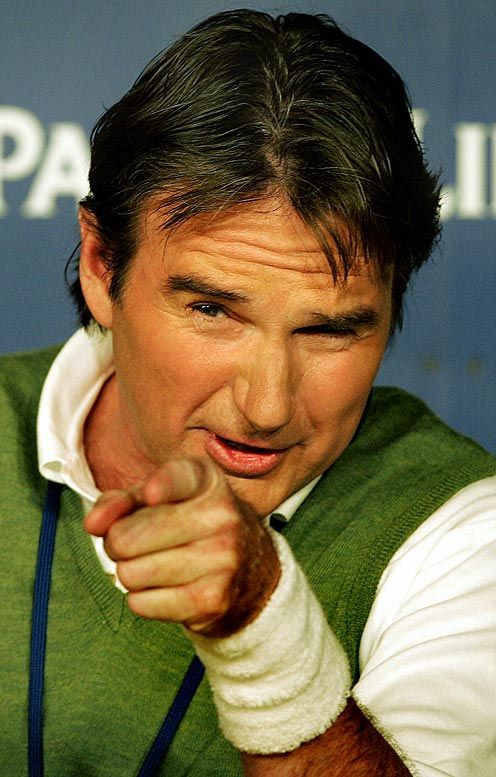 com
com
URL
- https://www.thefamouspeople.com/profiles/jimmy-connors-5408.php
People Also Viewed
Jimmy Connors is a tennis legend. From his signature two-handed backhand to his on-court tirades, the Illinois native was a household name for decades. After his 1996 retirement, Connors dabbled in commentating and even tried coaching. But it didn’t take long for his fiery personality to get him in trouble. Now that Connors is pushing 70, what’s his life like and how much is he worth?
When they met on the court, they never disappointed. ?
Relive Jimmy Connors' and John McEnroe's classic @usopen matches.
Watch the highlights: https://t.co/FrTgy74IpA pic.twitter.com/8dtv1fAmon
— USTA (@usta) July 14, 2020
Connors won eight Grand Slam titles over his career and set a men’s singles record of 109 titles in 1,557 matches. He was the number one player for 160 consecutive weeks from 1974-1977, a record at the time. Bjorn Borg and John McEnroe were considered his fiercest rivals, and matches against McEnroe were talked about long after both players retired. Connors even likes to post them on his Twitter account.
He was the number one player for 160 consecutive weeks from 1974-1977, a record at the time. Bjorn Borg and John McEnroe were considered his fiercest rivals, and matches against McEnroe were talked about long after both players retired. Connors even likes to post them on his Twitter account.
The tennis greats didn’t like each other but respected each other’s play. With Connors always quick to make snide remarks, it was McEnroe’s comment, liking Connors’ looks and attitude to baseball bad-boy Pete Rose that turned heads. But Connors’ relationship with tennis sweetheart Chris Evert also made a splash. The pair were engaged and supposed to marry in 1974, but the wedding was called off abruptly. Connors wrote in his 2013 autobiography The Outsider that he broke up with Evert after she had an abortion without any discussion with him.
RELATED: Andy Roddick Won’t Push His Kids Into Tennis or Any Sport for That Matter
Even though the legend played great tennis into his 40s, the time came for him to retire in 1996.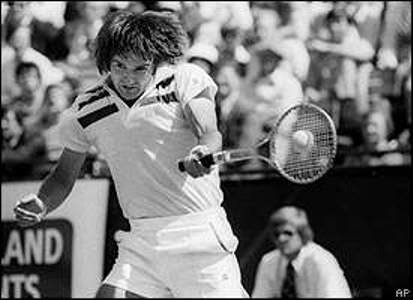 Since then, he’s worked as a tennis commentator and analyst and tried his hand at coaching Andy Roddick and Maria Sharapova, but each venture didn’t last long. One of his biggest failures came when he and his brother John invested money into a riverboat casino.
Since then, he’s worked as a tennis commentator and analyst and tried his hand at coaching Andy Roddick and Maria Sharapova, but each venture didn’t last long. One of his biggest failures came when he and his brother John invested money into a riverboat casino.
Maria Sharapova hires Jimmy Connors as her new coach: http://t.co/jKOQO7LhIj
— Sports Illustrated (@SInow) July 14, 2013
The two brothers put their money into a gaming company owning the first casinos in Missouri and Illinois. At the height of success, the brothers’ shares were worth over $70 million, but that success didn’t last long. The share price plummeted, leaving John Connors filing for bankruptcy and souring the relationship between the brothers.
That wasn’t Connors’ only problem with casinos either. He detailed his struggles in his autobiography, claiming he got a gambler’s high betting on himself, and according to The Daily Beast, he lost $70,000 on a single hand of blackjack.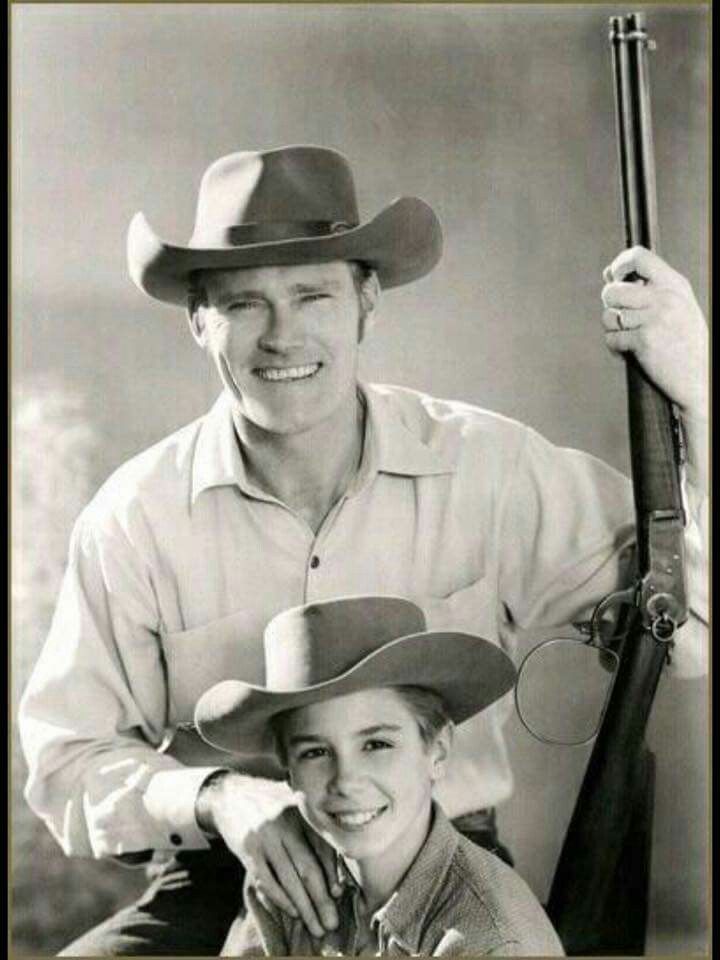 His wife Patti is credited with helping him through the addiction and quitting his gambling ways.
His wife Patti is credited with helping him through the addiction and quitting his gambling ways.
Love those lips !!! https://t.co/omv4gTQQrS
— Jimmy Connors (@JimmyConnors) March 4, 2020
RELATED: Tennis Star John McEnroe’s Net Worth Is Befitting a Champion
With all of Connors’ tennis success, his net worth may come as a surprise. According to Celebrity Net Worth, Connors is estimated to be worth $12 million. Now, that’s nothing to sneeze at, but considering he’s one of the top tennis players ever, it might seem a bit low. Of course, factored into that number are his gambling issues although he doesn’t know the exact number, he claims he lost millions during his days in the casino.
His busted investment with his brother also saw him lose a bundle of money and a close relationship. But he does have a solid relationship with his wife Patti, a former Playboy model. The pair have had some tough times, notably Connors’ extramarital affairs, but seem to have built a strong bond as the years have gone by.
The pair have had some tough times, notably Connors’ extramarital affairs, but seem to have built a strong bond as the years have gone by.
While his crass attitude and bad behavior weren’t always the most appealing, there’s no denying that Jimmy Connors is a tennis great and one of the legends of the game. His playing style and techniques ushered a new era onto the tennis court, and his rivalries are still talked about. There’s no doubt his play will live on for years to come.
Famous People In The Usa
Jimmy Connors, whose birth name is James Scott Connors. He is the world's No. 1 retired American tennis player who held the highest ATP ranking at the time.
Through his long and prolific career, Connors still holds three outstanding Open Era records in men's singles: 109titles, 1556 matches played and 1274 match wins. His titles include eight majors (five US Opens, two Wimbledons, one Australian Open), three year-end championships and 17 Grand Prix Super Series. In 1974, he became only the second Open Era player to win three majors in a calendar year, and his overall career match winning percentage remains in the top five during that period. He retired in 1996 at the age of 43.
His titles include eight majors (five US Opens, two Wimbledons, one Australian Open), three year-end championships and 17 Grand Prix Super Series. In 1974, he became only the second Open Era player to win three majors in a calendar year, and his overall career match winning percentage remains in the top five during that period. He retired in 1996 at the age of 43.
Jimmy Connors was born September 2, 1952 in East St. Louis, Illinois, USA. As of 2019, he is 67 years old.
His parents are James Sr. and Gloria Connors, but he was raised by his grandmother Bertha Thompson and his mother Gloria, a former professional tennis player who cleared some of the land in her compound to build a training ground for her son. At the age of nine, he competed in the U.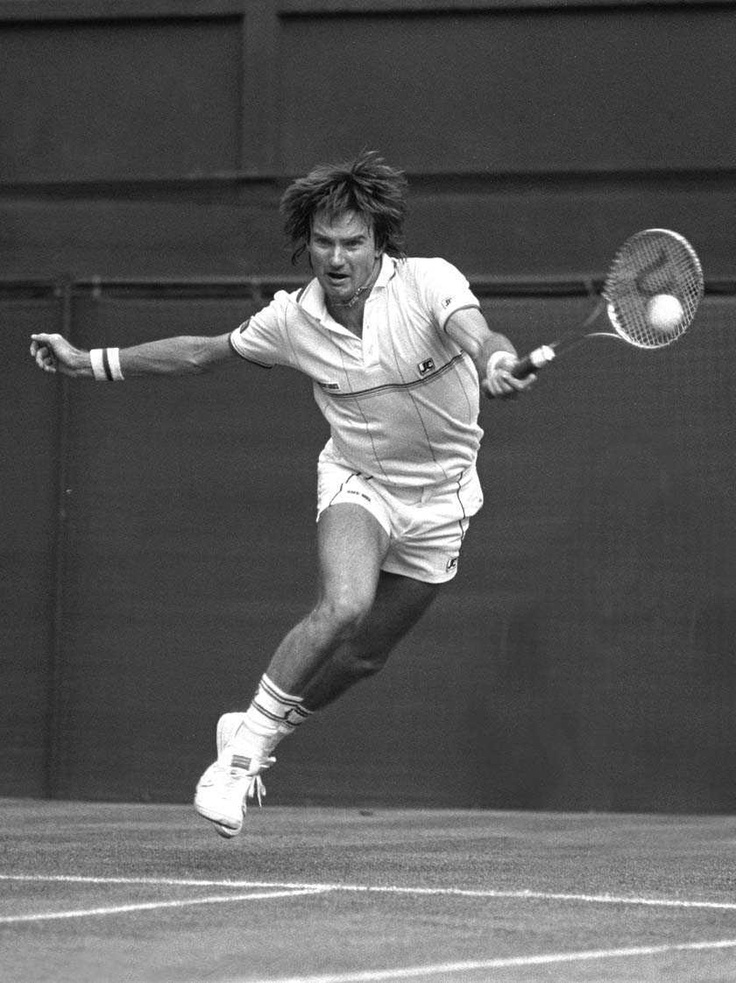 S. Boys' Under-11 Championship, and when he was sixteen, he was coached by Pancho Segura.
S. Boys' Under-11 Championship, and when he was sixteen, he was coached by Pancho Segura.
how old is Dale Midkiff
He attended St. Philip's Elementary School with his brother Johnny Corners before attending UCLA where he played tennis for a year, winning an NCAA singles title and also becoming an All-American. He dropped out of college after a year to pursue a professional career.
Jimmy Connors started dating Chris Evert, an American professional tennis player at 1974, but a year later the relationship ended. The duo later reunited in 1976, but finally broke up two years later. He subsequently accused Chris Evert of terminating their child's pregnancy. He then got involved with Marjorie Wallace, a former Miss World, but the relationship did not last long as they broke up a year later.
After two failed relationships, in 1979 he married Patty McGuire, a Playboy model, and has been living with her ever since.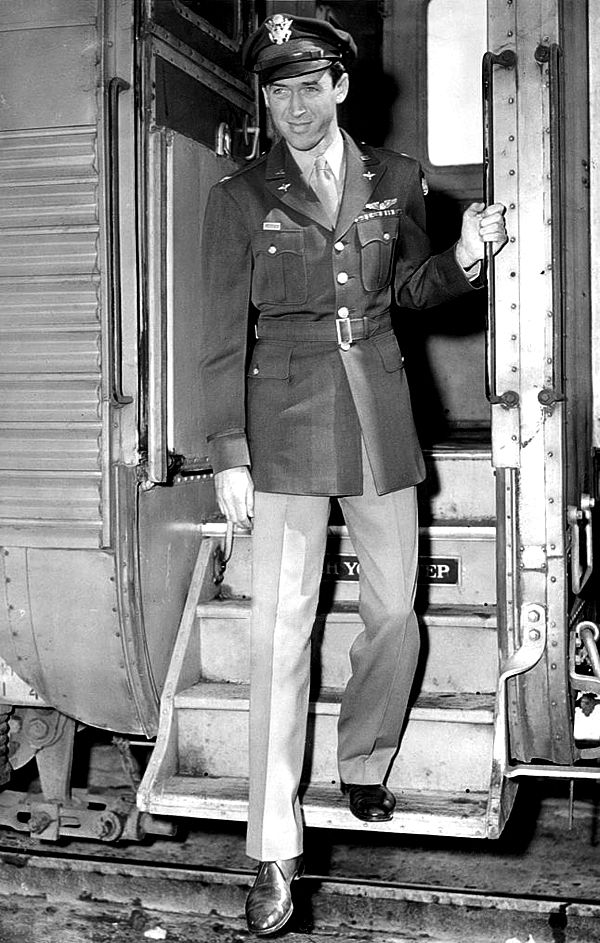 The union is blessed with two children; son Brett Korner and daughter Aubrey Korner.
The union is blessed with two children; son Brett Korner and daughter Aubrey Korner.
Jimmy Connors began his professional career in 1972 and won the Jacksonville Open, his first tournament that same year. He was known as an independent because he turned down membership in the Association of Tennis Professionals, the organization that brings together most male professional players, and decided to play in an independent tournament organized by his manager, Bill Riordan. He defeated Arthur Ashe in a five-set final to win the Pro 19 single73 years old, which was his first major title.
By the end of the 1970s he had reached the pinnacle of his career, winning the US Open five times, Wimbledon twice, one Australian Open and a total of eight Grand Slam singles titles. He was banned from the French Open in 1974 because he was an active member of the World Tennis Team.
During his career, Jimmy Connors played twice at the Australia Open and won 15 of the 21 tournaments he entered.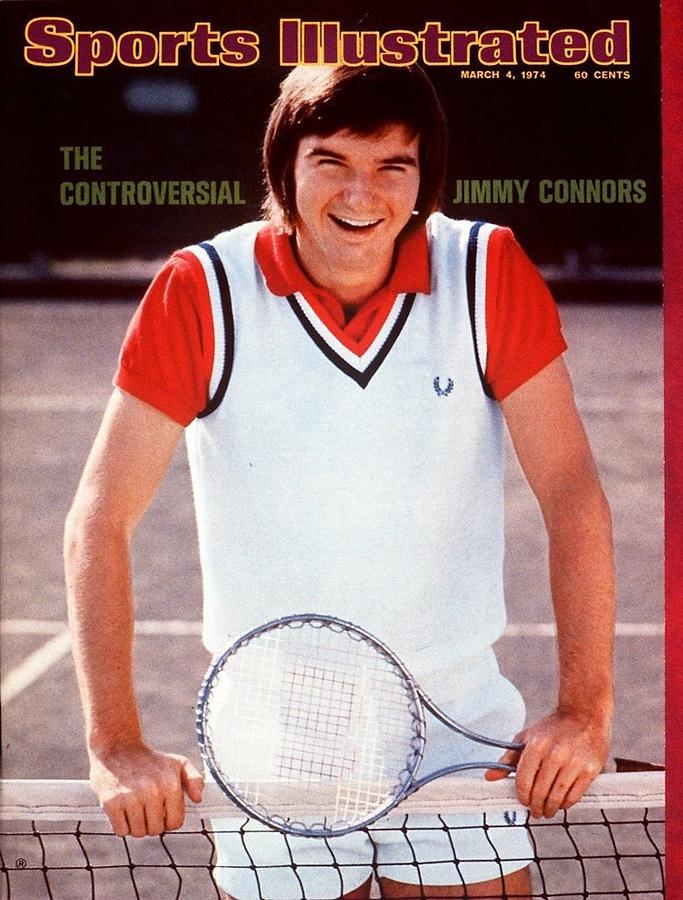 He was among six men to win three or more Grand Slam titles in a year, including the likes of Rod Laver, Mats Wilander, Roger Federer, Rafael Nadal and Novak Djokovic. He was in the final of the US Open and the Australian Open at 1975, but, unfortunately, did not win.
He was among six men to win three or more Grand Slam titles in a year, including the likes of Rod Laver, Mats Wilander, Roger Federer, Rafael Nadal and Novak Djokovic. He was in the final of the US Open and the Australian Open at 1975, but, unfortunately, did not win.
The following year, he still maintained his ATP No. 1 spot and was reportedly named Player of the Year by some tennis sources, but he was not named by the ATP as they chose Bjorn Borg as their Player of the Year. . The following year, he lost to Borg at Wimbledon and was ranked 3rd by the ATP and other tennis organizations.
Jimmy Connors witnessed a renaissance in 1982 when Jimmy Connors defeated John McEnroe and Ivan Lendl to win Wimbledon and the US Open, respectively, while still holding onto his No. 1 ATP rankings. He ended that year as the ATP and other tennis organizations' Player of the Year, again winning the US Open and Wimbledon, albeit finishing 2nd. The following year, he won the US Open for the fifth time and was ranked. Player #3.
Loading... Loading...
After an active tennis career, Jimmy Connors began commentating sports on NBC-TV in 1990, and from 2005 to 2007, together with John McEnroe, appeared on the BBC as a commentator for the French Open and Wimbledon . He also wrote a commentary for Tennis Channe at the 2009 US Open and another for the BBC in 2014 at Wimbledon.
Jimmy Connors also started coaching in 2006 and is said to have coached Andy Roddick in 2006, Roger Federer in 2008 and Maria Sharapova in 2013. Apart from his professional tennis career, Jimmy is also an author and published a book. An autobiography entitled The Outsider won the British Sports Book Award in 2013.
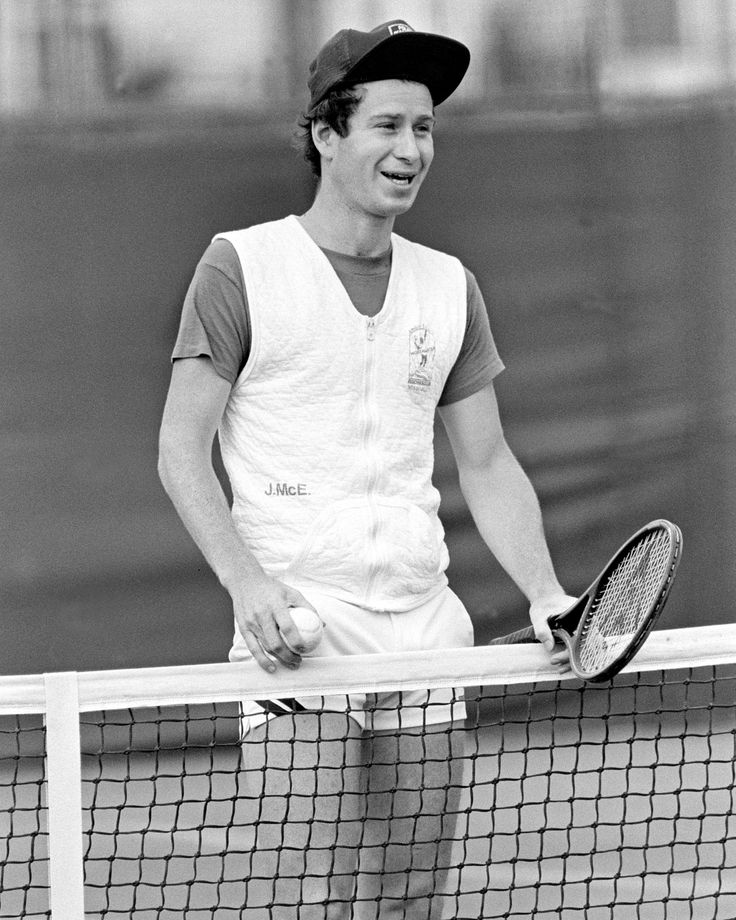 His Grand Slam singles titles include: Australian Open (1974), Wimbledon (1974, 1982). ), US Open (1974, 1976, 1978, 1982, 1983)
His Grand Slam singles titles include: Australian Open (1974), Wimbledon (1974, 1982). ), US Open (1974, 1976, 1978, 1982, 1983) Jimmy Connors has amassed a huge amount of money during his career as his source of income is that his net worth is estimated at over $12 million.
Congratulations that reached Roger Federer's inbox on Saturday night included a tweet from Jimmy Connors, the great player of the 1970s who is the only male player to win 100 tournament titles. "Welcome to the Triple Digit Tournament Winners Club @rogerfederer," said Connors. 'I was a bit lonely - glad to have company!'
Federer reached his mark in Saturday's final of the Dubai Duty Free Championship, where he defeated rising Greek star Stefanos Tsitsipas 6-4, 6-4.
Connors' admittedly 100th title came in the more elevated setting of New York's Louis Armstrong Stadium, where he defeated Ivan Lendl in four sets to win the 1983 US Open. But the Dubai final was still nice to look at. Never threatening to ruin the party, Tsitsipas nonetheless put his own beautiful punch into Federer's magnificent win.
rosabelle laurenti sellers age
It was number 100 in a series that started when Federer defeated Julien Butter in the 2001 Milan Indoor. The Telegraph spoke to three people who lost at crucial moments in Federer's history: Butter himself, as well as Mark Philippoussis and Tommy Haas. In 2003, Philippoussis finished second in Federer's first Wimbledon title, which was also his first Grand Slam. Six years later, Federer completed a career Grand Slam by moving up for the first time at the French Open. In the fourth round, he was two sets behind Haas, but managed to get up at the decisive moment.
This kind of competitive mindset has been a big part of Federer's history over the past two decades, even if it tends to be forgotten along with all the dreamy shots.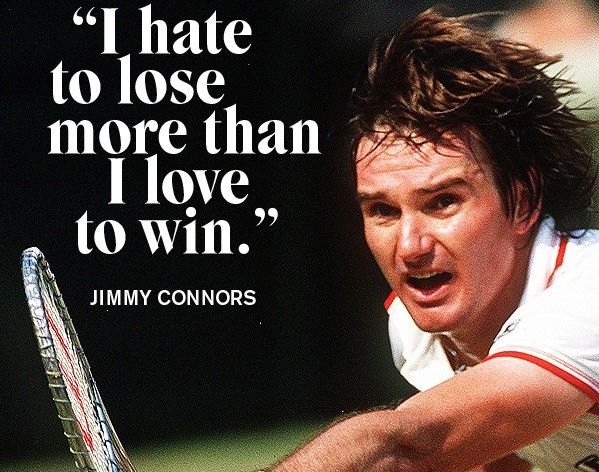 So can he go ahead and revise Connors' record of 109 titles?
So can he go ahead and revise Connors' record of 109 titles?
Federer was then asked at a press conference about his first visit to a tournament in Dubai in 2002, where he lost in the second round so woefully to Rainer Schüttler that the organizers talked about withholding his entry fee. "I was young and crazy and so frustrated with my game," he replied. "Sometimes you have to learn the hard way."
Jimmy Connors' Tweets
For other people with the same name, see James Connors (disambiguation).
James Scott Connors (born September 2, 1952) [2] retired American #1 tennis player in the world. He held the top Association of Tennis Professionals (ATF) rankings from 1974 to 1977 - a then-record 160 consecutive weeks, and a career total of 268 weeks.
Due to his long and prolific career, Connors still holds three outstanding Open Era records in men's singles: 109 titles, 1557 played matches and 1274 match wins. His titles include eight Majors (joint Open Era, five US Open titles, two Wimbledon titles, one Australian Open title), three year-end championships, and 17 Grand Prix Super Series titles. In 1974, he became the second person in the Open Era to win three majors in a calendar year and not be allowed to compete in the fourth, the French Open. At 1982 he won Wimbledon and the US Open and is considered the best. The number one player in the world this year, besides 1974 and 1976. He retired in 1996 at the age of 43.
His titles include eight Majors (joint Open Era, five US Open titles, two Wimbledon titles, one Australian Open title), three year-end championships, and 17 Grand Prix Super Series titles. In 1974, he became the second person in the Open Era to win three majors in a calendar year and not be allowed to compete in the fourth, the French Open. At 1982 he won Wimbledon and the US Open and is considered the best. The number one player in the world this year, besides 1974 and 1976. He retired in 1996 at the age of 43.
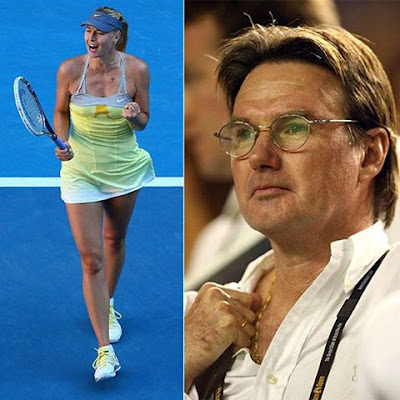 1 Singles chronology 10 Find sources: "Jimmy Connors" - News · newspapers · Book · Scientist · JSTOR (November 2016) 904 (Lear )
1 Singles chronology 10 Find sources: "Jimmy Connors" - News · newspapers · Book · Scientist · JSTOR (November 2016) 904 (Lear ) Connors grew up in East St. Louis, Illinois, across the Mississippi River from St. Louis, and was raised Catholic. As a child, he was coached by his mother and grandmother. [3] He played in his first U.S. Championships, Boys Under 11 at 1961 when he was nine years old. Connors' mother, Gloria, took him to Southern California to train him. Pancho Segura, starting at the age of 16, in 1968. [4] He and his brother John "Johnny" Connors attended St. Philip's Primary School.
Connors has won the Junior Orange Bowl in both the 12 and 14 year categories and is one of only nine tennis players to win the Orange Bowl Junior Championship twice in his 70 year history, including Andy Murray, Jennifer Capriati, Monica Seles, and Yishai Oliel.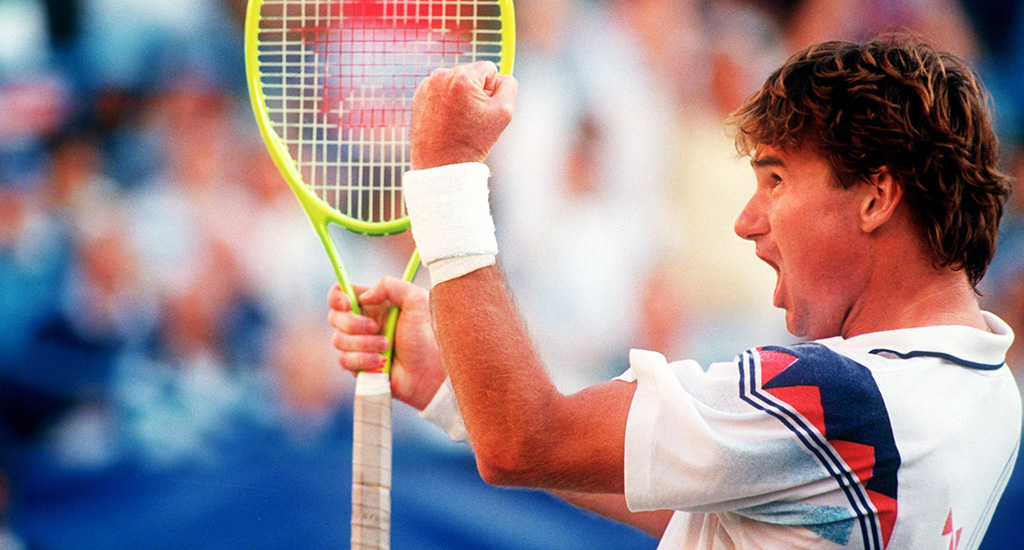 [5] In 1970, Connors recorded his first win in the first round of the championship. Pacific Southwest Open in Los Angeles by defeating Roy Emerson. In 1971, Connors won the NCAA singles title as a freshman while attending UCLA and earned All-American status.
[5] In 1970, Connors recorded his first win in the first round of the championship. Pacific Southwest Open in Los Angeles by defeating Roy Emerson. In 1971, Connors won the NCAA singles title as a freshman while attending UCLA and earned All-American status.
He turned pro in 1972 and won his first tournament. Jacksonville Open. Connors gained a reputation as a slut in 1972 when he refused to join the newly formed Association of Tennis Professionals (ATP), an alliance backed by most male professional players, to play and dominate a series of small tournaments organized by Bill Riordan, his manager. However, Connors played in other tournaments and won 1973 USA Pro Singles, his first major title, toppling Arthur Ashe in a five-set final: 6–3, 4–6, 6–4, 3–6, 6–2.
Connors at the 1978 ABN Tennis Tournament with his Wilson T2000 steel racket
Connors won eight Grand Slam singles championships: five US Opens, two Wimbledons, and one Australian Open. He did not compete in the French Open during his peak years (1974–78) as he was banned from the event at 1974 due to his association with the World Tennis Team (WTT). [6] [7] and for the remaining four years either banned or decided not to participate. He played only two Australian Opens in his entire career, winning it in 1974 and reaching the final in 1975. Few high-profile players other than Australians came to Australia for this tournament before the mid-1980s.
He did not compete in the French Open during his peak years (1974–78) as he was banned from the event at 1974 due to his association with the World Tennis Team (WTT). [6] [7] and for the remaining four years either banned or decided not to participate. He played only two Australian Opens in his entire career, winning it in 1974 and reaching the final in 1975. Few high-profile players other than Australians came to Australia for this tournament before the mid-1980s.
Connors was the dominant player in 1974 and by the end of the year he was No. 1 in the ATP rankings. That year he had a record of 99–4 and he won 15 of the 21 tournaments he entered, including three of his four Grand Slam singles titles. As noted, the French Open prevented Connors from participating due to his association with the World Tennis Team (WTT), but he did win the Australian Open, which began in late December 1973 and ended on January 1, 1974, defeating Phil Dent in four sets and beat Ken Rosewall in straight sets in the final both Wimbledon and the US Open only lost 6 and 2 games in those finals respectively.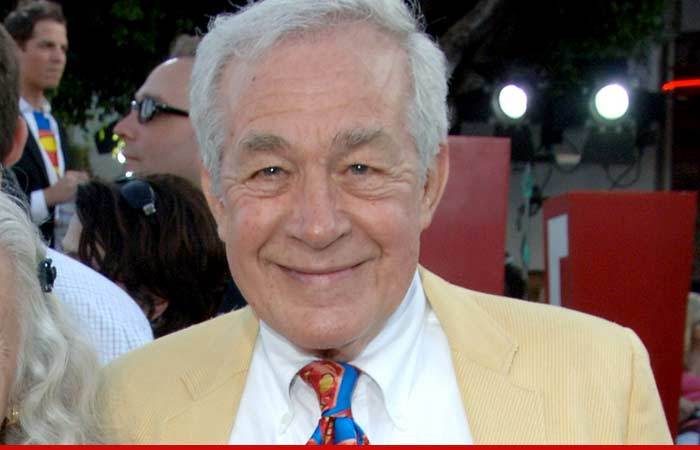 His exclusion from the French Open made it impossible for him to become the second Open Era male player, after Rod Laver, to win all four Major singles titles in a calendar year. He chose not to compete in the final season of the Masters Cup between the top eight players in the world and was ineligible for the World Championship of Tennis (WCT) finals because he did not compete in regular WCT tournaments.
His exclusion from the French Open made it impossible for him to become the second Open Era male player, after Rod Laver, to win all four Major singles titles in a calendar year. He chose not to compete in the final season of the Masters Cup between the top eight players in the world and was ineligible for the World Championship of Tennis (WCT) finals because he did not compete in regular WCT tournaments.
In the open era, Connors is one of only six men to win three or more Grand Slam singles titles in a calendar year. Others: Rod Laver who won a grand slam in 1969; Mats Wilander won the Australian, French and US Opens in 1988; Roger Federer has won Australia, Wimbledon and the US Open in 2004, 2006 and 2007; Rafael Nadal won the French Championship, Wimbledon and the US Open in 2010; and Novak Djokovic won the Australian, Wimbledon and US Opens in 2011 and 2015.
Connors reached the final of the US Open in five consecutive years from 1974 to 1978, winning three times, with each win on a different surface (1974 on grass, 1976 on clay and 1978 on hard).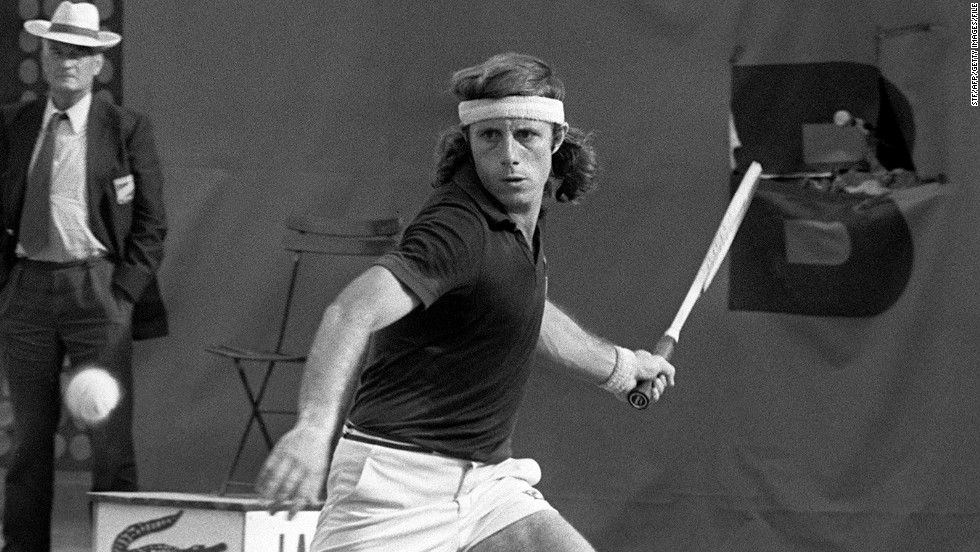 He reached the Wimbledon final four of the five years during his peak (1974, 1975, 1977 and 1978). Despite not being allowed to play or choosing not to compete in the French Open from 1974 to 1978, he still reached the semi-finals four times in the last years of his career.
He reached the Wimbledon final four of the five years during his peak (1974, 1975, 1977 and 1978). Despite not being allowed to play or choosing not to compete in the French Open from 1974 to 1978, he still reached the semi-finals four times in the last years of his career.
In 1975, Connors reached the Wimbledon, US and Australian Open finals but did not win either, although his loss to John Newcomb was close as Connors lost 9–7 in the fourth set tiebreaker. He won the nine tournaments he entered with an 82–8 record. Although he scored enough points to hold the top spot in the ATP rankings all year long, most tennis authorities, including the ATP, named Arthur Ashe, who beat Connors solidly at Wimbledon, as Player of the Year. He again did not compete in either the Masters Cup or the WCT Finals.
In 1976, Connors won the US Open again (defeating Bjorn Borg), losing in the Wimbledon quarter-finals. Winning 12 events including the US Pro Indoor in Philadelphia, Palm Springs and Las Vegas, he reached a 90–8 record and defeated Borg all four times they played. Throughout the year, he was ranked No. 1 in the ATP rankings and was named Player of the Year by most tennis sources, but not by the ATP, who named Bjorn Borg their Player of the Year.
Throughout the year, he was ranked No. 1 in the ATP rankings and was named Player of the Year by most tennis sources, but not by the ATP, who named Bjorn Borg their Player of the Year.
In 1977 Connors lost the Wimbledon final to Borg 6–4 in the fifth set and the US Open final to Guillermo Vilas, but Connors won both the Masters by defeating Borg and the WCT final. While holding the top spot in the ATP rankings, World Tennis Magazine and most tennis authorities ranked either Borg or Vilas in first place, with Connors finishing third behind Borg.
In 1978, Borg defeated Connors in the Wimbledon final, but Connors defeated Borg at the US Open (first played on hard court), both of their wins being dominant. Connors also won the US Pro Indoor. While he retained an ATP No. 1 ranking at the end of the year, Borg, who also won the French Open, was named Player of the Year by the ATP and most tennis authorities.
On July 29, 1974, Connors reached No. 1 in the ATP World Rankings and held it for 160 consecutive weeks, a record until surpassed. Roger Federer February 26, 2007. He was ATP at year-end no. 1 player from 1974 through 1978 and was ranked number one for a total of 268 weeks in his career. Connors gave up his original grip (160 weeks) at No. 1 for just one week, from August 23, 1977 to August 30, 1977, before returning as No. 1 for another 84 weeks. [8]
Roger Federer February 26, 2007. He was ATP at year-end no. 1 player from 1974 through 1978 and was ranked number one for a total of 268 weeks in his career. Connors gave up his original grip (160 weeks) at No. 1 for just one week, from August 23, 1977 to August 30, 1977, before returning as No. 1 for another 84 weeks. [8]
From 1979 to 1981, Connors usually reached the semi-finals of the three major Grand Slams and the Masters each year, but he still won the WCT final in 1980. In those years, he generally ranked third in the world.
In 1982, Connors experienced a resurgence when he defeated John McEnroe in five close sets to win Wimbledon and Ivan Lendl to win the US Open, after which he regained his top spot in the ATP rankings. He also reached the semi-finals of the Masters Cup and won five more tournaments. After switching top positions with McEnroe, he finished the year in second place in points earned, but was named the ATP Player of the Year and most other authorities due to his wins at Wimbledon and in the US.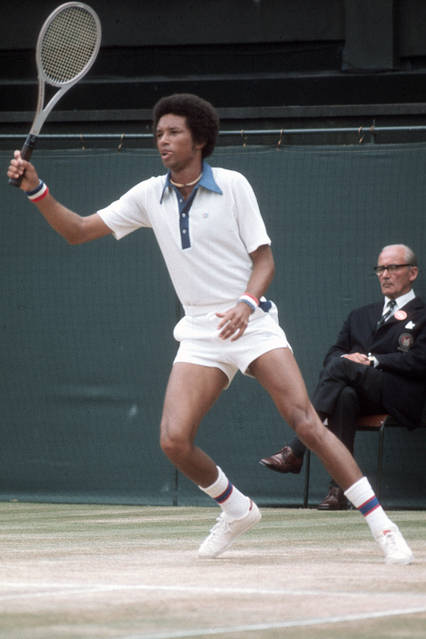 Open.
Open.
In 1983 Connors, McEnroe and Lendl exchanged No. 1 rankings several times, with Connors winning the US Open for a record fifth time (beating Lendl in the final) and finishing the year as the No. 3 ranked player.
Outstanding contemporary players including Connors Phil Dent, Brian Gottfried, Raul Ramirez, Harold Solomon, Dick Stockton, Roscoe Tanner, and Guillermo Vilas. His senior contenders include Arthur Ashe, Rod Laver, Ilie Nastase, John Newcomb, Manuel Orantes, Ken Rosewall, and Stan Smith. Among his prominent young opponents were Bjorn Borg, Vitas Gerulaitis, Ivan Lendl, and John McEnroe.
Main article: Borg-Connors Rivalry
During his prime years from 1974 to 1978, Connors was the most challenged by Borg, during which time he made twelve appearances. Borg won only four of those meetings, but two of them were in the Wimbledon final. 1977 and 1978. Connors lost his stranglehold to Borg in early 1979 and finished with an official tour record of 8–15 against Borg, as Borg is four years younger and has won the last ten meetings.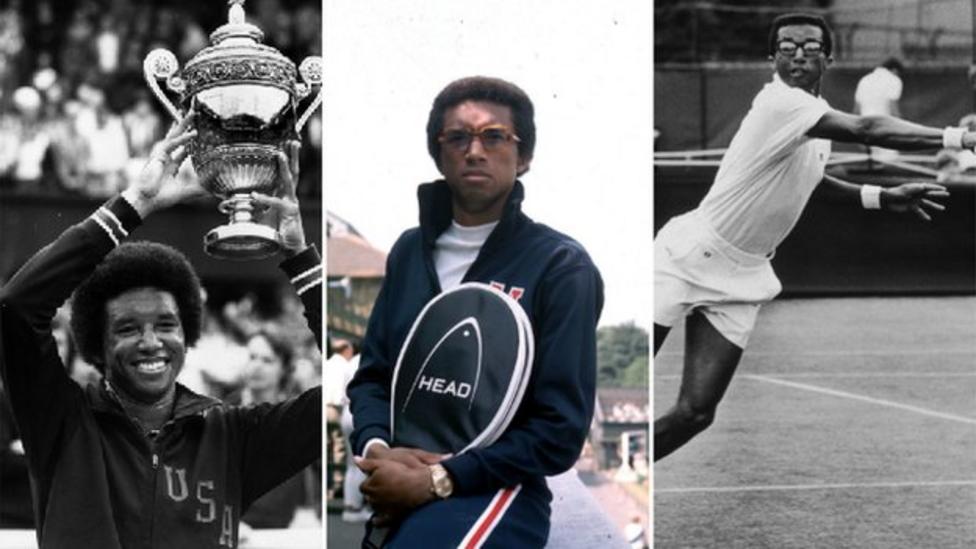 In the finals of major championships they split their four meetings, Borg won two Wimbledons (1977 & 1978) and Connors won two US Opens (1976 & 1978).
In the finals of major championships they split their four meetings, Borg won two Wimbledons (1977 & 1978) and Connors won two US Opens (1976 & 1978).
Năstase was another rival in Connors' prime. Although Nastase is six years older than Connors, he has won ten of his first eleven meetings. However, Connors has won 11 of his last 14 meetings. The two teamed up to win the doubles championships at the 1973 Wimbledon and the 1975 US Open.
Orantes upset Connors in the US Open 19 final75 but Connors was 11–3 overall against Orantes in the event rounds. On the other hand, Vilas beat Connors in the final of the 1977 US Open and was much more competitive in all his meetings. Connors was only able to set a 5–4 record against Vilas on tour.
In 1975, Connors won two highly publicized Challenge Matches, both organized by Riordan and broadcast nationally by CBS Sports from Caesars Palace in Las Vegas, Nevada.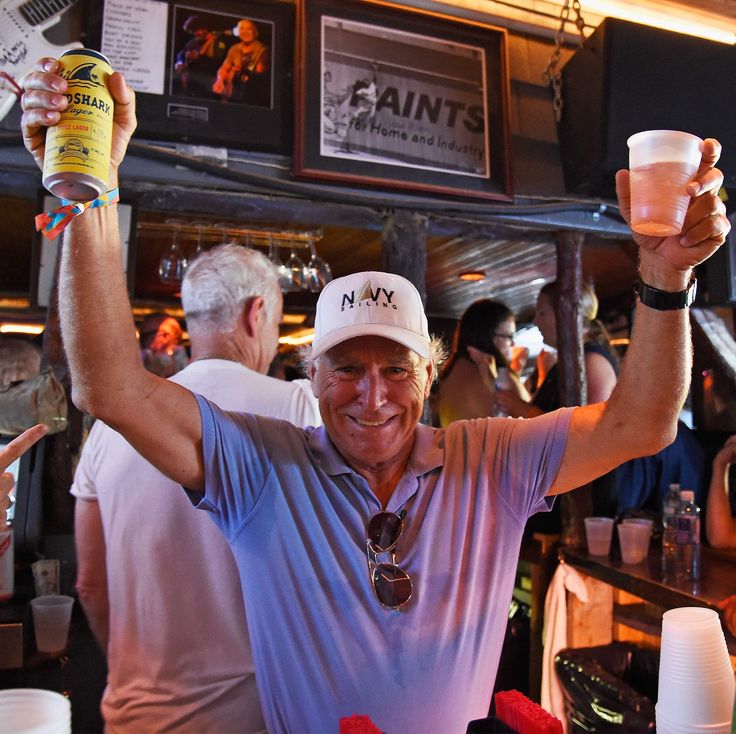 The first match, held in February and valued at $100,000 ($475,139 today)dollars), winner takes all, was against Laver. Connors won that match 6–4, 6–2, 3–6, 7–5. In April, Connors faced Newcomb in a $250,000 winner-take-all match. Connors won the match, 6–3, 4–6, 6–2, 6–4. Connors ended his business relationship with Riordan later in 1975. [3]
The first match, held in February and valued at $100,000 ($475,139 today)dollars), winner takes all, was against Laver. Connors won that match 6–4, 6–2, 3–6, 7–5. In April, Connors faced Newcomb in a $250,000 winner-take-all match. Connors won the match, 6–3, 4–6, 6–2, 6–4. Connors ended his business relationship with Riordan later in 1975. [3]
Connors played Newcomb in four tournaments on the tour: Newcomb won the first two meetings on grass (the 1973 US Open quarter-final and the Australian Open 19 final).75), while Connors has won the last two hardcourt meetings (the 1978 Sydney indoor quarter-final and the 1979 Hong Kong 1/16 round). . Connors won all three meetings with Rod Laver on the tour.
In 1984, Connors made it to both the Wimbledon and WCT finals with semi-finals at the French Open, US Open and Masters Cup. He finished the year as the No. 2 ranked player behind McEnroe. In 1985 he reached the semi-finals of four tournaments and finished fourth that year - a ranking he would get again at 1987 at the age of 35.
Connors had brilliant moments against John McEnroe and Ivan Lendl, both of whom rose to prominence after Connors reached his peak in the mid-1970s. He continued to compete against much younger players and his comeback was one of the most remarkable for any athlete when he reached the semi-finals of the 1991 US Open at the age of 39.
0003
in the 1980 WCT Finals, Connors defeated defending champion John McEnroe. McEnroe and Borg were in contention for the top spot that year, with Connors playing the spoiler. However, in 1982, at the age of 29, Connors returned to the Wimbledon singles final, where he faced McEnroe, who had by then firmly established himself as the best player in the world. Connors bounced back three points from a fourth set tiebreaker loss (3–4) to win the match, 3–6, 6–3, 6–7, 7–6, 6–4, to claim. his second Wimbledon title, eight years after his first. Although Connors' record against McEnroe was 14–20, McEnroe is six years younger than Connors and has been losing to Connors until he has won 12 of his last 14 meetings. In the final matches of major championships, they divided their meetings, Connors won 1982 Wimbledon in five sets, and McEnroe won 1984 Wimbledon in straight sets. McEnroe has won six of his nine Grand Slam meetings.
In the final matches of major championships, they divided their meetings, Connors won 1982 Wimbledon in five sets, and McEnroe won 1984 Wimbledon in straight sets. McEnroe has won six of his nine Grand Slam meetings.
Main article: Connors-Lendl rivalry
Connors defeated another of the next generation of tennis stars, Ivan Lendl, in the final of the 1982 US Open and soon regained the No. 1 spot in the rankings. Connors had a 13–22 tour record against Lendl, but Lendl is seven years younger than Connors and was losing to Connors until he won their last 17 matches with 1984 to 1992, after Connors' prime. In the finals of the major championships, Connors defeated Lendl in both meetings, winning the 1982 and 1983 US Open.
Connors continued to compete against younger men until his 41st birthday.
In the fourth round of the 1987 Wimbledon Championship, Connors was defeated by Mikael Purnforce ten years his junior, 1–6, 1–6, 7–5, 6–4, 6–2, after trailing 4–1 in the third set and by 3–0 in the fourth. In July 1988, Connors ended a four-year title drought by winning the Sovran Bank Tennis Classic in Washington, D.C. It was the 106th title of his career. Connors has played in 56 tournaments and lost 11 finals since his previous Tokyo Indoors victory over Lendl on October 1984 years old.
In July 1988, Connors ended a four-year title drought by winning the Sovran Bank Tennis Classic in Washington, D.C. It was the 106th title of his career. Connors has played in 56 tournaments and lost 11 finals since his previous Tokyo Indoors victory over Lendl on October 1984 years old.
At the 1989 US Open, Connors defeated third seed (and future two-time champion), Stefan Edberg, in straight sets in the fourth round and pushed No. 6 Andre Agassi to five sets in the quarterfinals.
His career seemed to come to an end in 1990 when he played only three tournament matches and lost all three, dropping to 936th in the world rankings. However, after surgery on his left wrist, he returned to play 14 tournaments in 1991 year. Due to a back ailment, he had to pull out of a five-set match in the third round of the French Open against Michael Chang, the 1989 champion. Connors walked off the court after Chang won.
Connors recovered and made an incredible run to the 1991 US Open semi-finals which he later called "the best 11 days of my tennis career. " [9] On his 39th birthday, he defeated 24-year-old Aaron Krickstein, 3-6, 7-6, 1-6, 6-3, 7-6, in 4 hours 41 minutes, coming back from a deficit of 2 -5 in the final set. Connors then defeated Paul Haarhus in the quarterfinals before losing to Jim Courier. 22 years later, ESPN aired a documentary on Connors' run. [10]
" [9] On his 39th birthday, he defeated 24-year-old Aaron Krickstein, 3-6, 7-6, 1-6, 6-3, 7-6, in 4 hours 41 minutes, coming back from a deficit of 2 -5 in the final set. Connors then defeated Paul Haarhus in the quarterfinals before losing to Jim Courier. 22 years later, ESPN aired a documentary on Connors' run. [10]
Connors competed in his last major tournament, the 1992 US Open, where he defeated Jaime Onsins 6–1, 6–2, 6–3 in the first round before losing to Lendl (then ranked 7 place), 6–3, 3–6, 2–6, 0–6 in the second round.
In September 1992, Connors played Martin Navratilov in the third Battle of the Sexes tennis game at Caesars Palace in Las Vegas, Nevada. Connors was only allowed one serve per point, while Navratilova was allowed to hit half the doubles court. Connors won, 7–5, 6–2.
However, his playing career did not end there. Back in June 1995, three months before his 43rd birthday, Connors defeated Sebastian Laro, 6–4, 7–6 and Martin Sinner, 7–6, 6–0, to reach the quarterfinals of the Halle competition in Germany.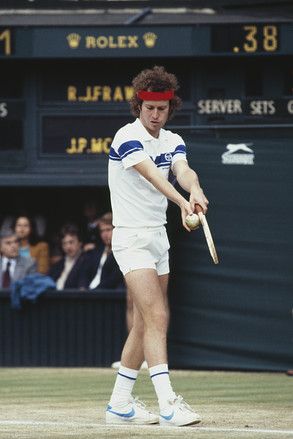 Connors lost that quarter-final 6–7, 3–6. Mark Rosset. Connors' last match on the main ATP tour was in April 1996, when he lost 2–6, 6–3, 1–6. Richie Reneberg in Atlanta. [11]
Connors lost that quarter-final 6–7, 3–6. Mark Rosset. Connors' last match on the main ATP tour was in April 1996, when he lost 2–6, 6–3, 1–6. Richie Reneberg in Atlanta. [11]
In 1974, Connors and Riordan began filing $10 million lawsuits against the ATP and its president, Arthur Ashe, for allegedly limiting his freedom to play. Lawsuits arose from Connors being banned from the French Open in 1974 after he signed a contract to play. World Tennis Team (WTT) for the Baltimore Banners. Connors sought to compete in the French Open but ATP and French officials opposed WTT due to scheduling conflicts so WTT players were denied between 1974 to 1978. Connors dropped Riordan and eventually the lawsuits after losing to Ash at Wimbledon 1975. the final (according to the official 1975 Wimbledon film, his $2 million lawsuit against Ash was still standing when they met in the 1975 Wimbledon final).
At Wimbledon in 1977, he refused to participate in the former champions' parade to celebrate the tournament's centenary, preferring instead to train on the grounds with Ilie Nastase during the parade.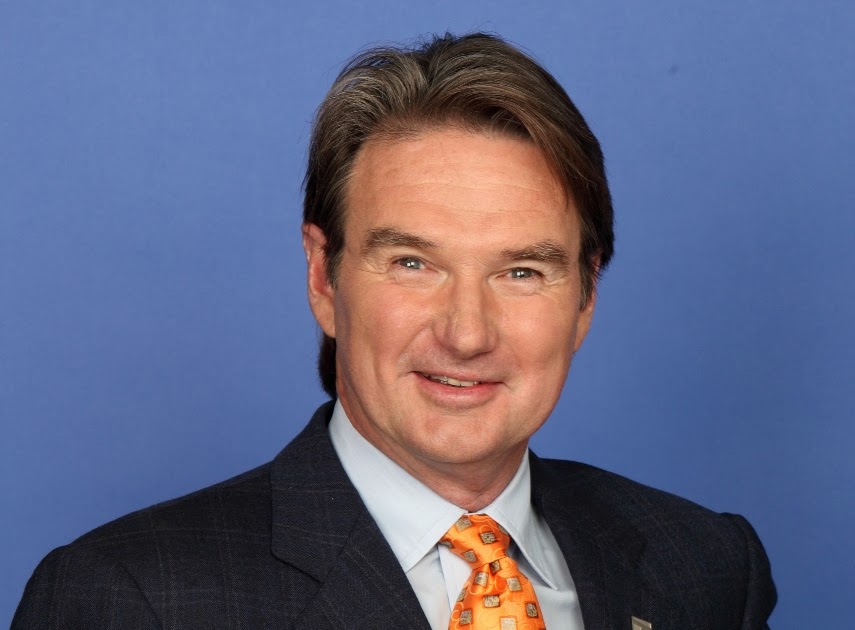 In 2000, he also refused to join a gathering of 58 former champions that was held to commemorate the millennium. In his 2013 autobiography, Connors blamed his skipping parade on 1977 All England Club for not letting his doctor on the court so Connors could try on a custom thumb splint. Connors explained that this required him to rush to see a doctor at the entrance to the grounds and then convince Nastase to help him try out the tire on the practice court. According to Connors, he then rushed to Center Court for the parade, but it was too late. He was booed when he played his first round match the next day. Having reached the final, he lost in five sets to Borg, who a month later was able to briefly break Connors' long hold on the first line of the world rankings.
In 2000, he also refused to join a gathering of 58 former champions that was held to commemorate the millennium. In his 2013 autobiography, Connors blamed his skipping parade on 1977 All England Club for not letting his doctor on the court so Connors could try on a custom thumb splint. Connors explained that this required him to rush to see a doctor at the entrance to the grounds and then convince Nastase to help him try out the tire on the practice court. According to Connors, he then rushed to Center Court for the parade, but it was too late. He was booed when he played his first round match the next day. Having reached the final, he lost in five sets to Borg, who a month later was able to briefly break Connors' long hold on the first line of the world rankings.
Connors also irritated sponsors and tennis officials by avoiding the end of the year. Masters championship from 1974 to 1976. However, he took part in this round robin in 1977 when it moved to New York. Although Connors lost the famous night match to Vilas, 4–6, 6–3, 5–7, he won the title by defeating Borg in the final, 6–4, 1–6, 6–4.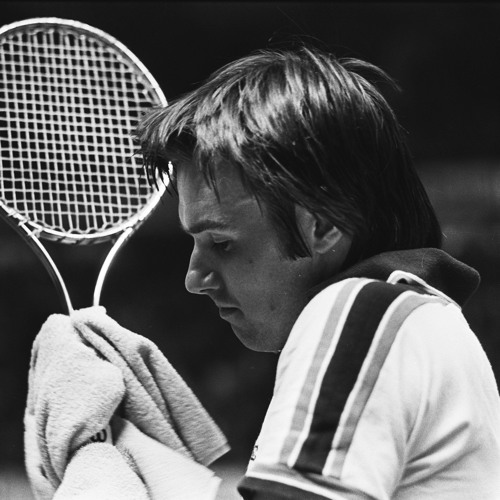
Connors is often considered one of the greatest tennis players in the history of the sport. [12] Connors won the men's record 109 singles titles. [13] He also won 16 doubles titles (including men's doubles titles at Wimbledon in 1973 and the US Open in 1975). Connors has won more matches (1274) than any other male professional tennis player in the open era. His career win-loss record was 1,274–282 and his win percentage was 82.4. [14] He played 401 tournaments, a record before Fabrice Santoro overtook him in 2008. [15]
In Grand Slam singles tournaments, Connors has reached the semi-finals or better a total of 31 times and the quarter-finals or better a total of 41 times, despite having competed in the Australian Open men's singles only twice and did not compete in the French Open in singles for five of his peaks. career years. 31 semi-finals held a record until surpassed by Roger Federer at Wimbledon 2012.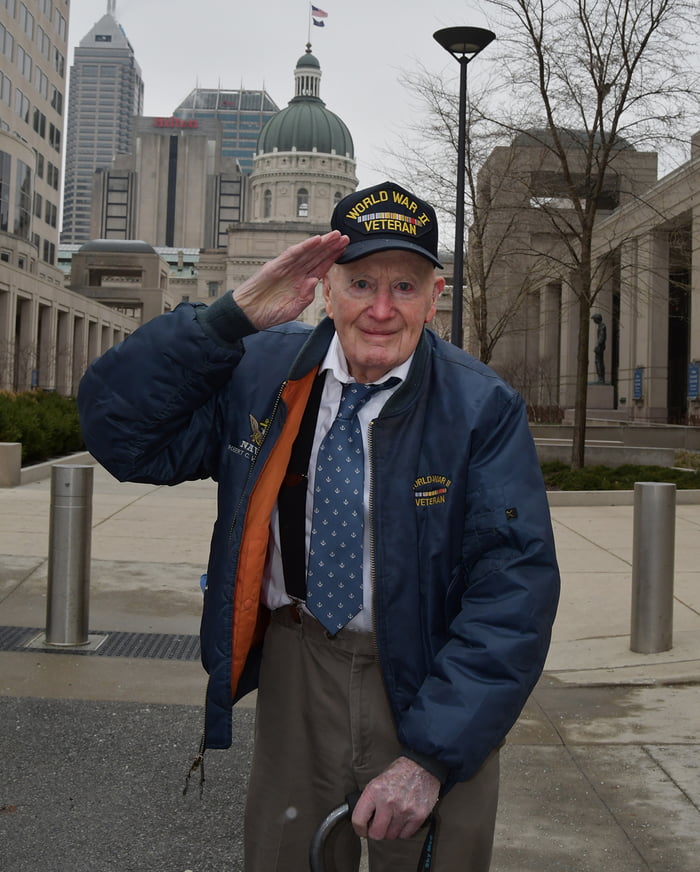 41 quarter-finals held a record until Roger Federer surpassed it at Wimbledon 2014. Connors was the only player to win the US Open on three different surfaces: grass, clay, and hard . He was also the first male tennis player to win a singles Grand Slam on three different surfaces: grass (1974), clay (1976) and hard (1978).
41 quarter-finals held a record until Roger Federer surpassed it at Wimbledon 2014. Connors was the only player to win the US Open on three different surfaces: grass, clay, and hard . He was also the first male tennis player to win a singles Grand Slam on three different surfaces: grass (1974), clay (1976) and hard (1978).
Connors was inducted into the International Tennis Hall of Fame in 1998 and the Intercollegiate Tennis Association (ITA) Hall of Fame in 1986. He also has a star on the St. Louis Walk of Fame. [16] In his 1979 autobiography, tennis promoter and Grand Slam winner Jack Kramer ranked Connors as one of the 21 best players of all time. Because of his fierce competition and acrimonious relationships with many of his peers, he has been compared to a baseball player. Pete Rose. [10]
In the modern age of power tennis, Connors' playing style is often cited as very influential, especially in the development of the flat backhand.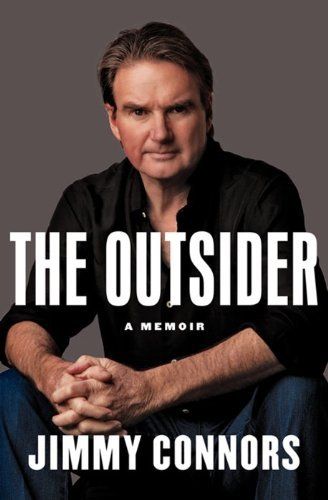 Larry Schwartz on ESPN.com said of Connors, "His biggest weapon was his indomitable spirit, two-handed backhand and the best backhand in the game. It's hard to say what contributed more to Connors becoming a champion... Though Connors is smaller than most of his competitors, he didn't let that bother him, making up for his lack of size decisively."0106 [17] Of his own competitive nature, Connors said, “[T]here is always someone who is willing to push him another inch or a mile, and that was me. (Laughter) I didn't care if it took me 30 minutes or five hours. If you defeat me, you must be the best or the best you had that day. But that was my passion for the game. If I won, I won, and if I lost, well, I don't take it so well." [2]
Larry Schwartz on ESPN.com said of Connors, "His biggest weapon was his indomitable spirit, two-handed backhand and the best backhand in the game. It's hard to say what contributed more to Connors becoming a champion... Though Connors is smaller than most of his competitors, he didn't let that bother him, making up for his lack of size decisively."0106 [17] Of his own competitive nature, Connors said, “[T]here is always someone who is willing to push him another inch or a mile, and that was me. (Laughter) I didn't care if it took me 30 minutes or five hours. If you defeat me, you must be the best or the best you had that day. But that was my passion for the game. If I won, I won, and if I lost, well, I don't take it so well." [2]
His on-court antics to get the crowd involved helped and hurt his game. Schwartz said: "While tennis fans have enjoyed Connors' hard-hitting style and his uncompromising attitude towards life, they have often been shocked by his antics.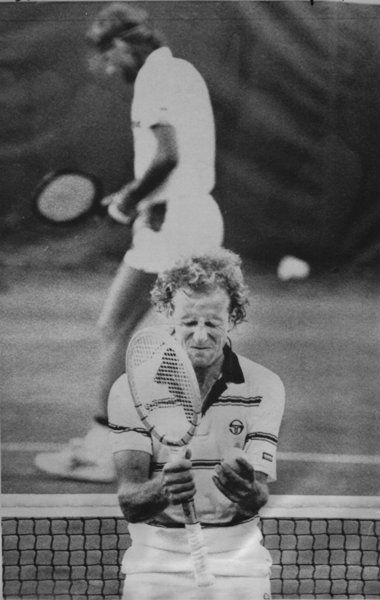 His sometimes vulgar behavior on the court - such as pointing the finger at a linesman after he disagrees with a call or pomp about the court with the handle of a tennis racket between his legs, sometimes grotesquely yanking the handle and his fans going crazy or moaning in disapproval - this did not help his approval rating Early in his career, Connors often argued with the referees, linesmen, players union , Davis Cup officials and other players He was even booed by Wimbledon - a rare display of disapproval - for neglecting the Parade of Champions on the first day of the century in 1977 year. " [17] His brash demeanor both on and off the court earned him a reputation as a lad in the tennis world. Tennis commentator Bud Collins nicknamed Connors "the brash killer of Belleville" after the St. Louis suburb where he grew up. [18 ] Connors himself thrived off the energy of the crowd, positive or negative, and manipulated it to his advantage in many of the greatest matches of his career.
His sometimes vulgar behavior on the court - such as pointing the finger at a linesman after he disagrees with a call or pomp about the court with the handle of a tennis racket between his legs, sometimes grotesquely yanking the handle and his fans going crazy or moaning in disapproval - this did not help his approval rating Early in his career, Connors often argued with the referees, linesmen, players union , Davis Cup officials and other players He was even booed by Wimbledon - a rare display of disapproval - for neglecting the Parade of Champions on the first day of the century in 1977 year. " [17] His brash demeanor both on and off the court earned him a reputation as a lad in the tennis world. Tennis commentator Bud Collins nicknamed Connors "the brash killer of Belleville" after the St. Louis suburb where he grew up. [18 ] Connors himself thrived off the energy of the crowd, positive or negative, and manipulated it to his advantage in many of the greatest matches of his career. victory over an opponent in the early years of his career.Gloria sent her son to Southern California to work with Pancho Segura at the age of 16 Segura advanced Connors' game of hitting the ball on the rise, which allowed Connors to reflect the strength and speed of his opponents in them.Segura was chief strategist in the development of the complete Jimmy game.at 1975 Wimbledon Final Arthur Ashe countered this strategy by slowing down with the ball, giving Connors only easy unwanted shots (strikes, drop shots and frontal strikes).
victory over an opponent in the early years of his career.Gloria sent her son to Southern California to work with Pancho Segura at the age of 16 Segura advanced Connors' game of hitting the ball on the rise, which allowed Connors to reflect the strength and speed of his opponents in them.Segura was chief strategist in the development of the complete Jimmy game.at 1975 Wimbledon Final Arthur Ashe countered this strategy by slowing down with the ball, giving Connors only easy unwanted shots (strikes, drop shots and frontal strikes).
In an era when serving and volleying was the norm, Björn Borg With the exception of Connors, he was one of the few players who hit the ball flat, low and predominantly from the baseline. Connors landed a right hand with a semi-western grip and a slight gap. [20] Contemporaries such as Arthur Ashe and commentators such as Joel Drucker described his forehand as their biggest weakness, especially at extreme pressure points, as he lacked the safety margin such as a heavy forehand with topspin.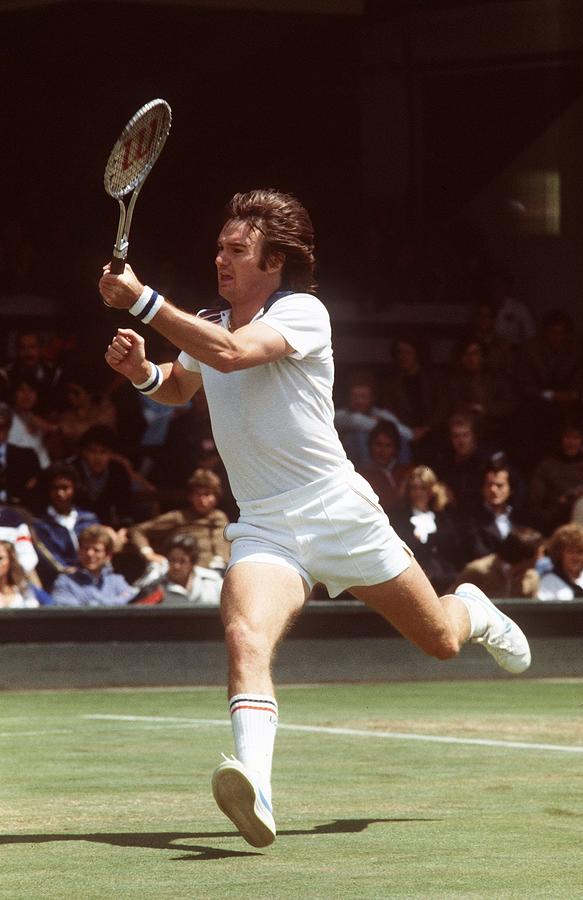 His serve, although accurate and skillful, was never a great weapon for him, as it did not match the speed and strength of his opponents.
His serve, although accurate and skillful, was never a great weapon for him, as it did not match the speed and strength of his opponents.
His lack of a dominant serve and clean play, combined with his individualistic style and penchant for individualism, meant that he was not as successful in doubles as he was in singles, although he did win. title grand slam with Ilie Năstase, reached the final with Chris Evert During his career he has won 16 doubles titles.
At a time when most other tennis pros played with wooden racquets, Connors used the "Wilson T2000 Steel Racket", which used a string tensioning method developed and patented by Lacoste in 1953 g. [21] [22] He played with this chrome-plated tubular steel racket until 1984, when most other professionals switched to new technologies, materials and designs. [22]
At Tokyo indoors in October 1983, Connors switched to a new medium size graphite racquet.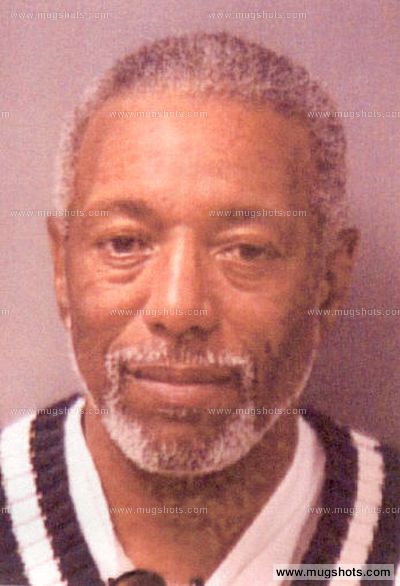 Wilson ProStaff which was designed specifically for him and used on the 1984 tour. [23] But in 1985, Connors started playing with the T2000 again. At 19In '87, he finally switched to a graphite racquet, signing with Slazenger to play in their Panther Pro Ceramic. In 1990, Connors signed with Estusa. [22]
Wilson ProStaff which was designed specifically for him and used on the 1984 tour. [23] But in 1985, Connors started playing with the T2000 again. At 19In '87, he finally switched to a graphite racquet, signing with Slazenger to play in their Panther Pro Ceramic. In 1990, Connors signed with Estusa. [22]
Connors used lead tape that he wound around the head of the racquet to give the proper "feel" to his playing style.
Connors commented on NBC-TV in 1990 and 1991 while covering the French Open and Wimbledon tournaments. During the 2005, 2006 and 2007 Wimbledon tournaments, Connors commentated for the BBC alongside John McEnroe (among others), providing moments of heated discussion between the two former archrivals. Connors returned to BBC commentary on Wimbledon in 2014. Connors has also worked as a commentator and analyst for The Tennis Channel since the 2009 US Open tournament.of the year. [24]
On July 24, 2006, at the start of the Los Angeles National Classics tournament, American tennis player Andy Roddick announced her partnership with Connors as a coach.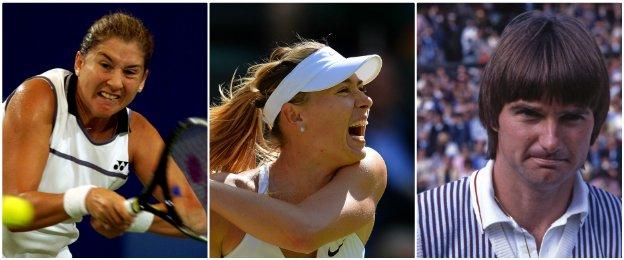 In September 2006 Roddick reached the final of the US Open where he lost to Roger Federer. On March 6, 2008, Roddick announced the end of this 19-month relationship.
In September 2006 Roddick reached the final of the US Open where he lost to Roger Federer. On March 6, 2008, Roddick announced the end of this 19-month relationship.
In July 2013, the former women's number 1 in the world. Maria Sharapova announced on her website that Connors is her new coach. On August 15, 2013, Sharapova confirmed that she had ended her partnership with Connors after only one match together.
In 2013, Connors published his autobiography. Outsider . He won the British Sports Book Award in the category "Best Autobiography/Biography". [25]
Connors was engaged to professional tennis player Chris Evert from 1974 to 1975, both of whom won singles at the 1974 Wimbledon Championships; a feat dubbed the "Lovebird lookalike" by the media. Their engagement was broken off shortly before the Wimbledon 19 championship.75 years old. Connors and Evert briefly reconciled in 1976 and 1978 before separating for good.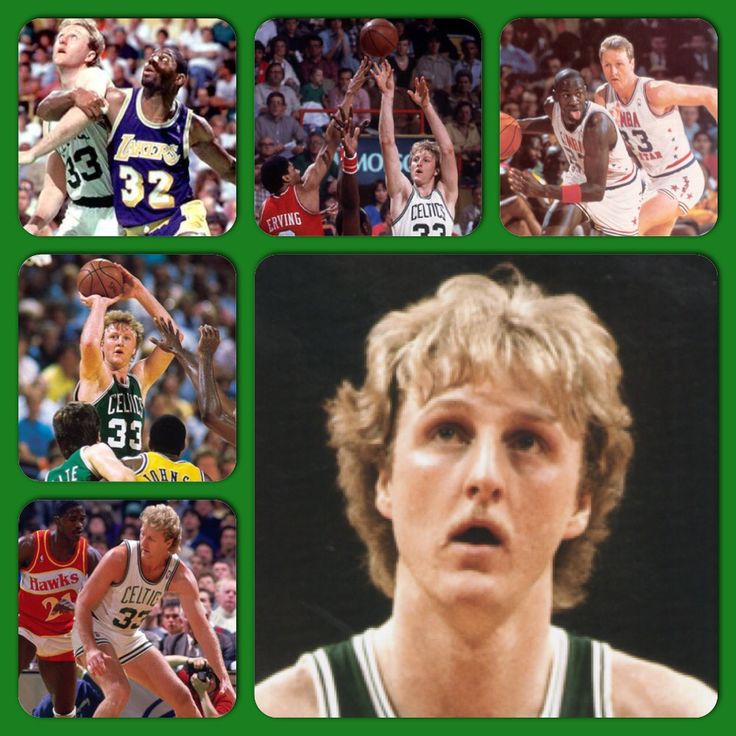 In May 2013, Connors wrote his autobiography in which he claimed that Evert was pregnant with their child and that she had unilaterally made the decision to have an abortion. [26] [27] [28]
In May 2013, Connors wrote his autobiography in which he claimed that Evert was pregnant with their child and that she had unilaterally made the decision to have an abortion. [26] [27] [28]
Former Miss World Marjorie Wallace was engaged to Connors from 1976 to 1977, but in 1979 Connors married Playboy model Patty McGuire. They have two children, son Brett and daughter Aubrey, and live in the Santa Barbara, California area. [29] [30]
In the fall of 1988, Connors auditioned to host NBC's daytime version. Wheel of Fortune , a show in which he and his wife "never missed an episode". [31] However, the job went to Rolf Benirschke. According to show creator Merv Griffin, many news outlets tried to get hold of Connors' audition tape, but Griffin refused to release it because he said "it wouldn't be fair to Jimmy". [32]
In the 1990s he joined his brother John as an investor in the Argosy Gaming Company which owned riverside casinos on the Mississippi River.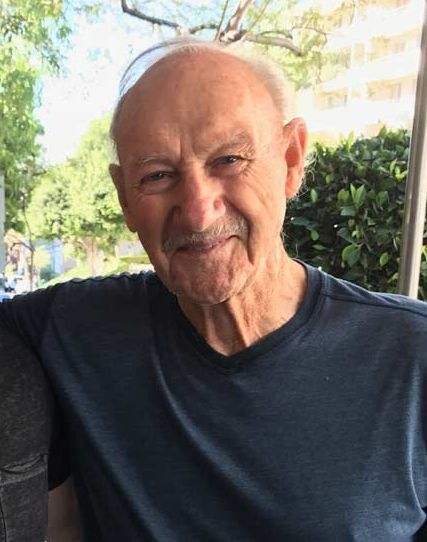 The two owned 19 percent of the company, which was headquartered in the St. Louis metropolitan area of East Alton, Illinois. [33] Argosy narrowly escaped bankruptcy in the late 1990s, and Connors' brother John personally sought Chapter 7 bankruptcy.million dollars from Union Planters Bank, which foreclosed John. In 1995, John Connors opened a casino with announced plans to include a Jimmy Connors themed area. [34] It was closed in 1998 and became a magnet for homeless people and thieves who ripped off the copper pipes. The casino never opened due to Connors' ownership and was demolished in May 2008. [35]
The two owned 19 percent of the company, which was headquartered in the St. Louis metropolitan area of East Alton, Illinois. [33] Argosy narrowly escaped bankruptcy in the late 1990s, and Connors' brother John personally sought Chapter 7 bankruptcy.million dollars from Union Planters Bank, which foreclosed John. In 1995, John Connors opened a casino with announced plans to include a Jimmy Connors themed area. [34] It was closed in 1998 and became a magnet for homeless people and thieves who ripped off the copper pipes. The casino never opened due to Connors' ownership and was demolished in May 2008. [35]
In October 2005, Connors underwent a successful hip replacement at Cedars-Sinai Medical Center in Los Angeles. [36]
On January 8, 2007, Connors' mother Gloria died at the age of 82. [37]
On November 21, 2008, Connors was arrested outside an NCAA basketball game between the University of North Carolina at Chapel Hill and the University of California at Santa Barbara after refusing to comply with an order to leave the stadium entrance area. [38] The charges were dropped by the judge on February 10, 2009. [39] [40]
[38] The charges were dropped by the judge on February 10, 2009. [39] [40]
July 24, 2018 LiveWire Ergogenics, Inc. announced that Connors had joined the firm as a spokesperson and advisor. The company specializes in the acquisition of special purpose real estate, as well as the licensing and management of fully qualified turnkey production facilities for cannabis-based products and services.
| Tournament | 1970 | 1971 | 1972 | 1973 | 1974 | 1975 | 1976 | 1977 | 1978 | 1979 | 1980 | 1981 | 1982 | 1983 | 1984 | 1985 | 1986 | 1987 | 1988 | 1989 | 1990 | 1991 | 1992 | SR | W - l | Win % | ||||||
|---|---|---|---|---|---|---|---|---|---|---|---|---|---|---|---|---|---|---|---|---|---|---|---|---|---|---|---|---|---|---|---|---|
| SF | SF | 3R | SF | QF | QF | SF | 2R | 5 / 22 | 98–17 | 85. 22 22 | ||||||||||||||||||||||
| W – L | 0– 1 | 1–1 | 5-3 | 8–3 | 20-0 | 17–3 | 11–1 | 12–2-2 | 13–1 | 15–3 | 314–3 | 18–1 | 14–2 | 16–3 | 1 | 2 | 3 | 2 | 2 | 3 | 2 | 4 | 8 | 4 | 7 | 14 | 936 | 49 | 84 | $8,641,040 | ||
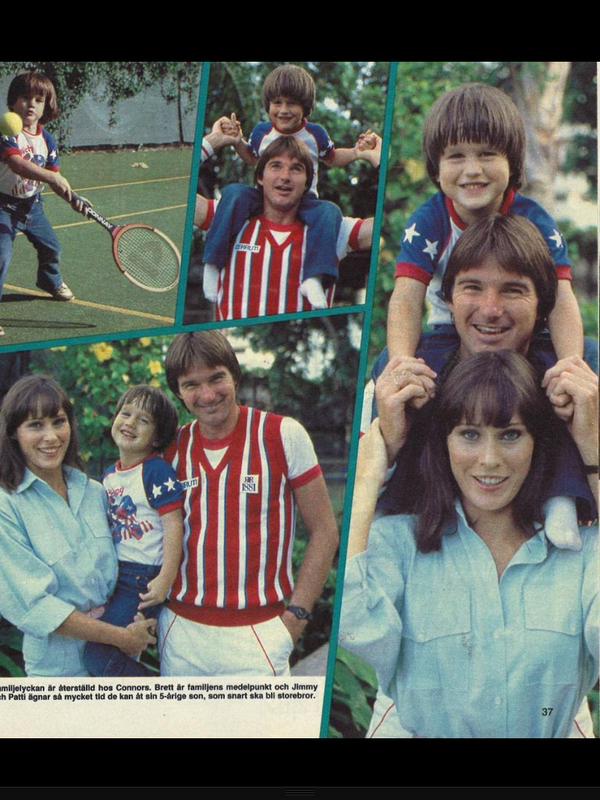
| Time span | Selected Grand Slam records | Players matched |
|---|---|---|
| 1974 | 10% wins in 1 seasons - 10%0062 Player of the year atp: 1974, 1982 See also
|